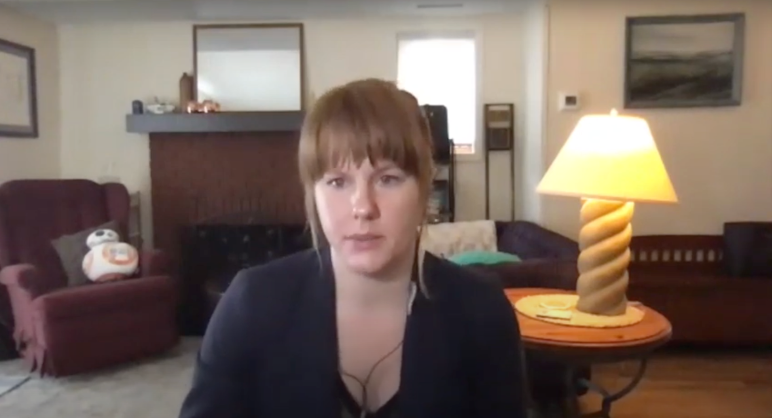At Silicon Flatirons, UN Representative Says World Must Stand By Twitter in Battle of Intimidation with Trump
May 30, 2020 — Twitter’s response to Donald Trump’s attempt to subjugate the platform over its actions will have serious consequences for the future of free speech in the U.S., according to participants on a Silicon Flatirons webcast posted Friday. “When you see Section 230 trending, you know someth
David Jelke

May 30, 2020 — Twitter’s response to Donald Trump’s attempt to subjugate the platform over its actions will have serious consequences for the future of free speech in the U.S., according to participants on a Silicon Flatirons webcast posted Friday.
“When you see Section 230 trending, you know something is wrong with the universe,” said David Kaye, U.N. special rapporteur for the Promotion and Protection of the Right to Freedom of Opinion and Expression, taking a jab at how a relatively obscure legal clause has been thrust into the national spotlight.
On Thursday, President Trump signed an executive order in an attempt to revoke Section 230 of the Communications Decency Act of 1996, which itself was part of the greater Telecommunications Act of 1996. Section 230 grants platforms immunity for third-party content that is posted to their website.
Although short, Section 230 has huge implications on the ways in which platforms can choose to moderate content, giving them significant flexibility. The statute grew out of an early episode of internet history, when a platform called Prodigy attempted to moderate some hateful online speech and was then penalized for failing to moderate all content on its site, an admittedly Herculean task.
Twitter drew the ire of the commander in chief when it flagged two of Trump’s tweets as potentially misleading or violent.
The president responded with his controversial executive order. “That’s a huge problem,” Kaye said, adding that it signals to authoritarian regimes that independent companies can and should bend to the will of a country’s leader.
“It’s not about changing the regulatory environment … It’s about Trump, and the Republican party to a large extent, intimidating the platforms not to exercise the rights that they have,” Kaye said.
The order is primarily a tactic of intimidation because the actual chances of the executive order leading to real change are wobbly at best, Blake Reid, a law professor aligned with Silicon Flatirons, explained.
Essentially, it will compel someone at the National Telecommunications and Information Administration to sign their name on a draft order. The Federal Communications Commission will then have to do their own work in sifting through the dense Telecommunications Act to find a clause that Twitter might have violated in fact-checking Trump’s posts.
These steps provide plenty of windows for dissenters to stall the process or fumble the ball.
“I think we need to stand with [Twitter],” Kaye said.
The webcast was hosted by the Silicon Flatiron’s newly-minted Telecom and Platform Initiative, which is led by Reid. The naming of the new initiative reflects Silicon Flatiron’s historic focus on telecommunications and the digital environment.
The initiative will focus on “subtle changes” that will involve more direct ownership of extant flagship events, Reid told Broadband Breakfast in an interview.
Outside of the Telecom and Platform Initiative, the organization also specializes in the issues of spectrum, privacy, artificial intelligence and intellectual property.
“A lot of those issues are starting to come together,” said Executive Director of Silicon Flatirons Amie Stepanovich in an interview. “A lot of what we do is bring people together and facilitate conversations.”










Member discussion